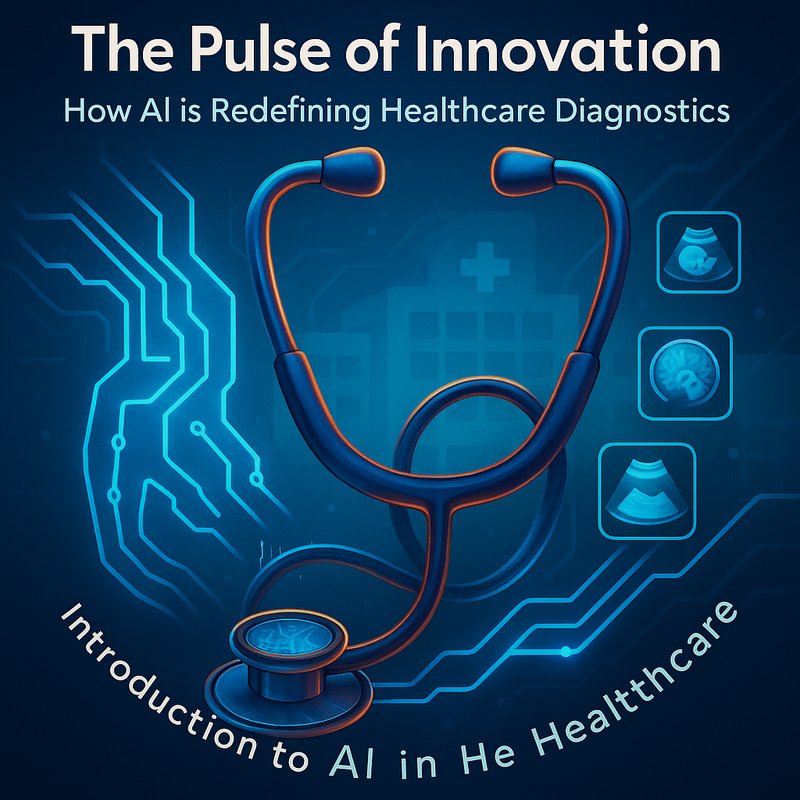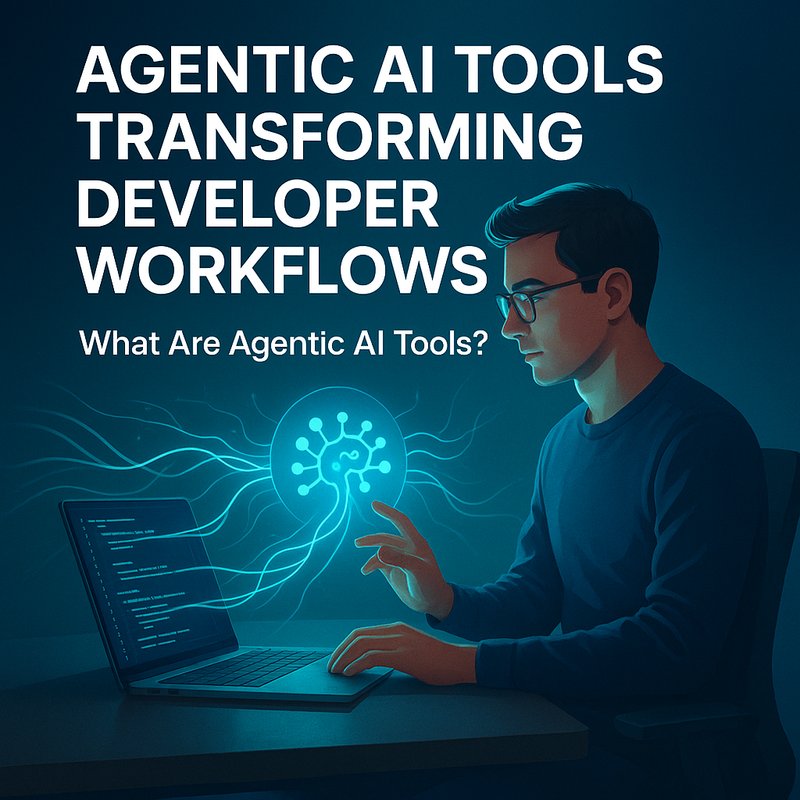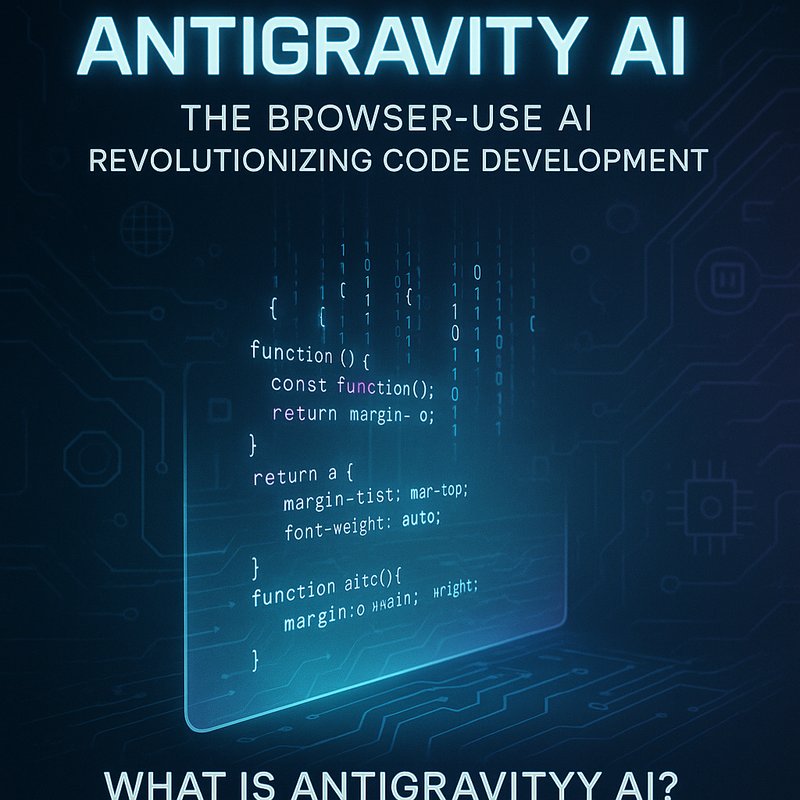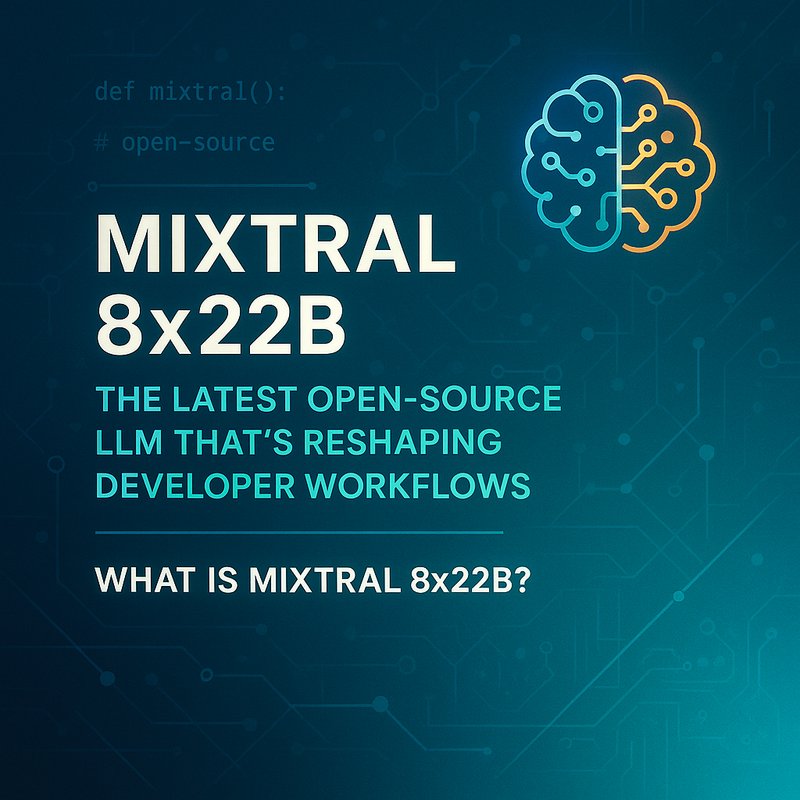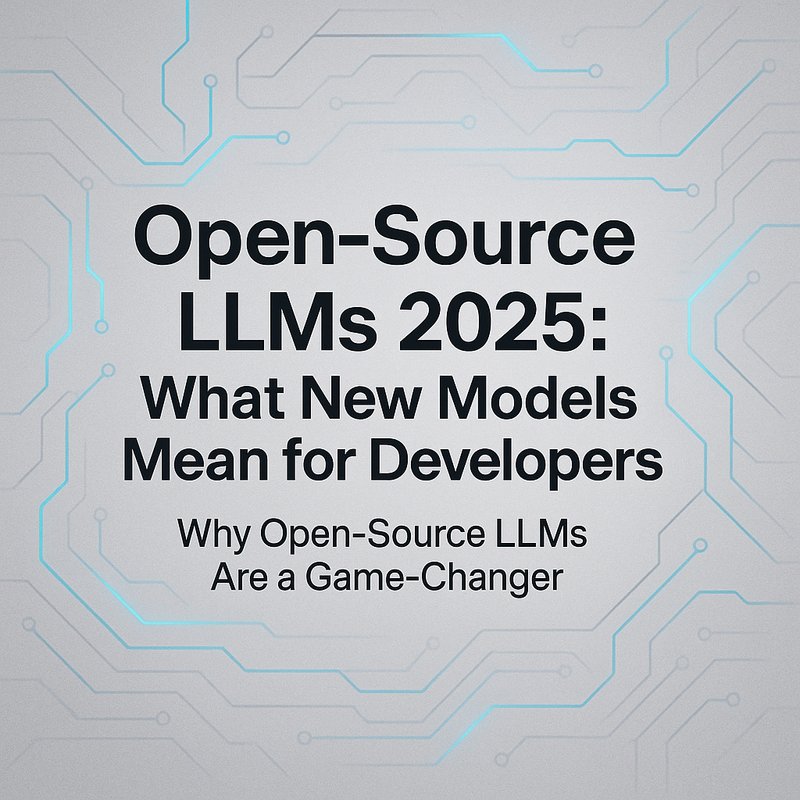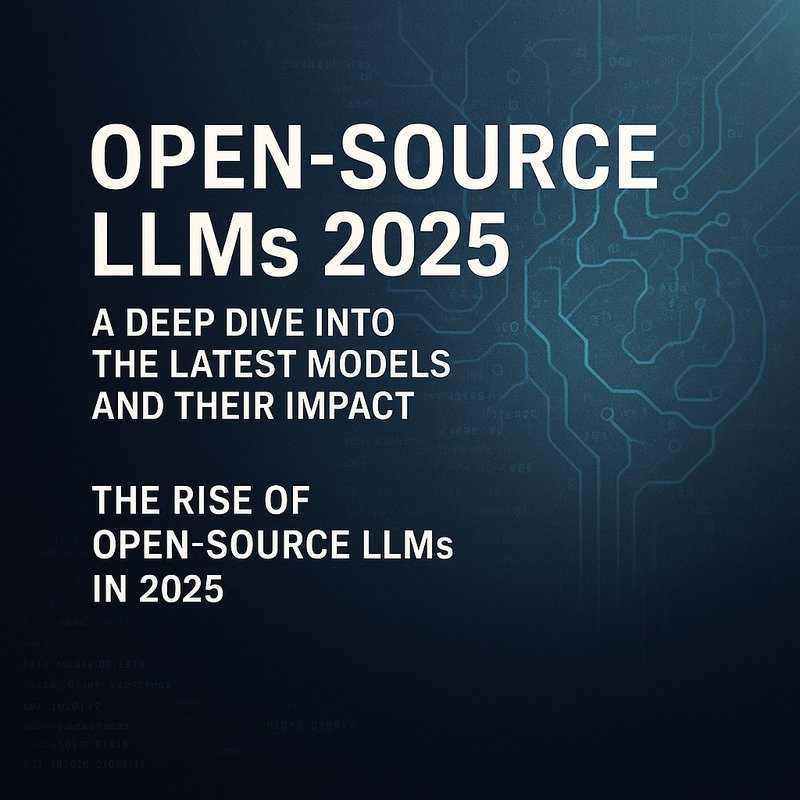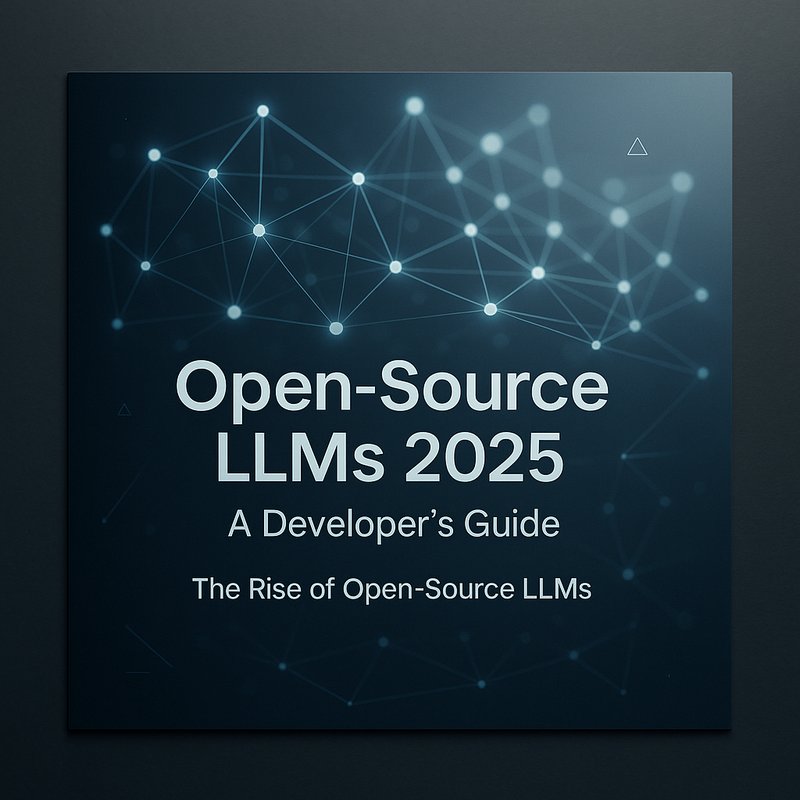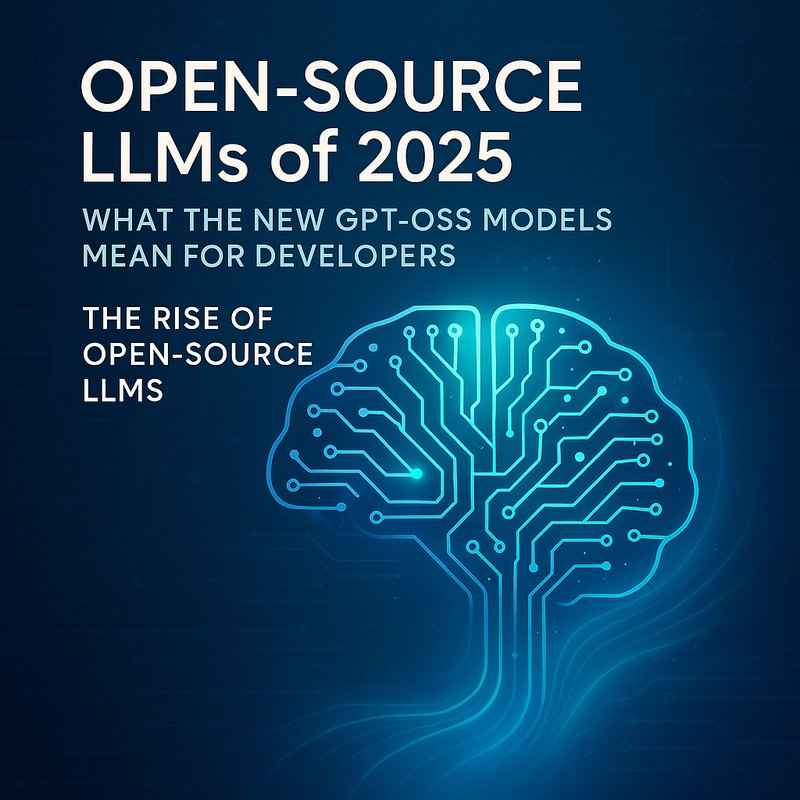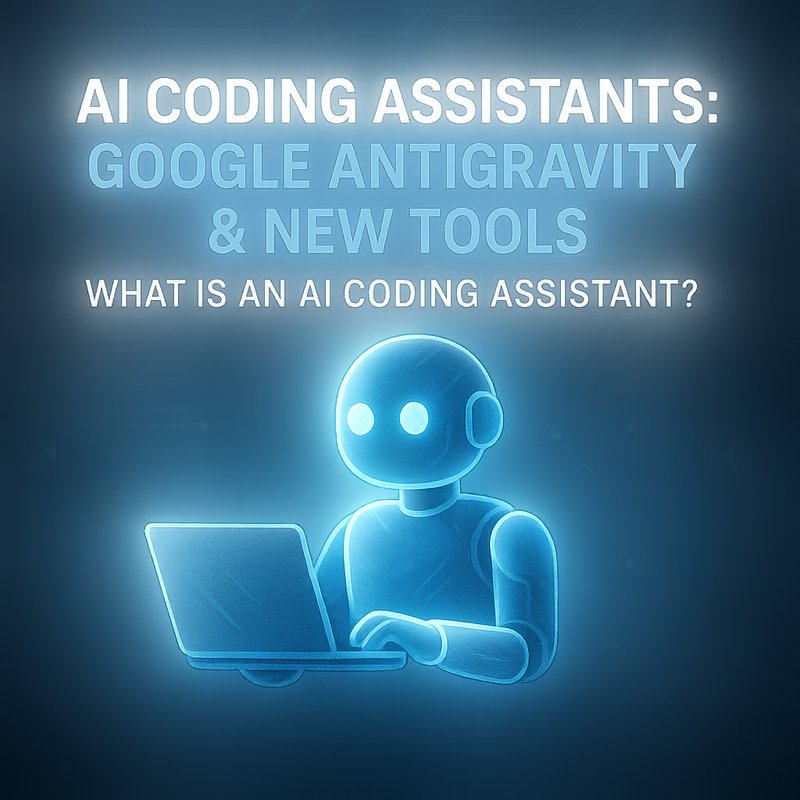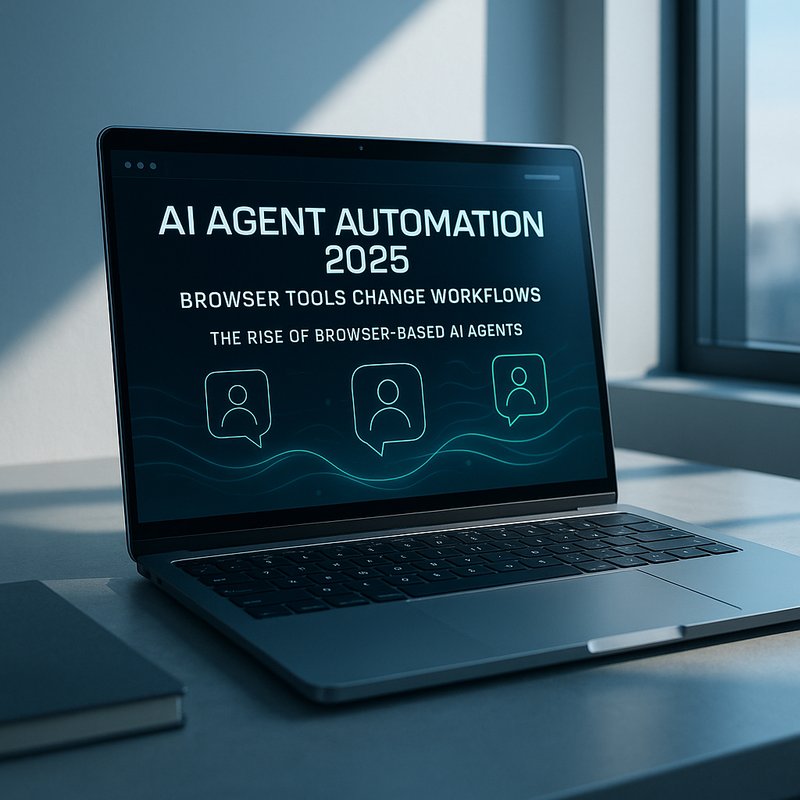Imagine walking into a clinic and getting a diagnosis that feels custom-made for you. No guesswork. Just clear answers based on your heart data, genetics, and daily activity. That’s not sci-fi. It’s happening today, thanks to smart algorithms that learn from every test, scan, and health tracker. Let’s take a stroll through how AI is shaking up diagnostics—from heart scans to gene profiles—and why it matters to you.
Introduction to AI in Healthcare
AI isn’t just about chatbots and self-driving cars. In medicine, it’s the new lab partner that never sleeps. These days, doctors can tap into tools that spot patterns in mountains of data—data that would take humans months to sift through. We’re talking wearables that stream your heartbeat, high-resolution scans of your organs, and genetic tests that flag risks everyone missed before.
But here’s the thing: these sources speak different languages. An ECG machine records electrical pulses. An MRI captures soft tissue slices. And your DNA is a string of letters that spells out who you are. AI acts like the ultimate translator. It takes signals from watches, photos of your heart, and gene charts, then weaves them into a story about your health.
Sounds neat. Yet, feeding algorithms with good data is tricky. Different hospitals use different scanners. Genetic labs may share data in odd formats. And wearables can be noisy—your run on a bumpy sidewalk looks different from a heart issue. Getting these to talk smoothly takes smart preprocessing and close teamwork between engineers and clinicians. It’s work in progress, but the early wins are hard to ignore.
AI in Medical Imaging
Medical images are gold mines. Think ultrasound videos of your heart or X-rays of your chest. Traditionally, a radiologist reviews these slice by slice. It’s painstaking—and humans can miss subtle signs.
With AI, machines learn to spot tiny shadows and subtle bends in blood vessels. They’re trained on thousands of labeled scans. One system at Google Health, for example, can detect breast cancer in mammograms with accuracy on par with experts. It highlights areas a radiologist should double-check (source: Google Health). No more squinting at faint lines for hours.
Echocardiography and Angiography
Take echocardiography—ultrasound of the heart. A probe sends sound waves, echoing back an image of valves and walls. An AI model can trace the outline of chambers, measure how well they pump, and flag leaks. It does this in seconds, compared to manual tracing that can take 10–15 minutes per patient.
On the blood-vessel side, angiography uses dyes and X-rays to map arteries. AI systems can identify blockages by measuring flow patterns in video frames. Early tests show algorithms catching up to seasoned cardiologists (source: American College of Cardiology). That means faster decisions in the cath lab when every second counts.
But it’s not perfect. Shadowy spots from tiny movements or low contrast can still trip up models. To fix that, teams blend old-school math (image filters) with new-school machine learning. They preprocess frames—sharpening edges, normalizing brightness—so AI sees a cleaner picture. It’s like wiping fog off a window before you look out.
Beyond Images: ECGs and Wearables
Think of your smartwatch as a mini-clinic on your wrist. It tracks pulses, oxygen levels, even how you move. But raw data is messy. One day you’re walking the dog. The next you power-walk up a hill. AI sorts daily noise from real heart warnings.
Detecting Arrhythmias with ECG Analysis
ECGs record electrical signals of your heart. Tiny bumps on a graph reveal rhythms. Clinicians look for odd spikes or flatlines. AI takes that chart and hunts for subtle shifts—a slight delay in one wave or a low-height peak. These could hint at atrial fibrillation or other rhythm issues.
A study at Stanford taught a neural network on nearly 200,000 ECGs. It could predict irregular heartbeats with over 90% accuracy. Even more impressive, it spotted cases that later developed complications weeks before symptoms showed up (source: Stanford Medicine). That gives doctors lead time to act.
Wearable Data Integration
Beyond heartbeats, wearables capture steps, sleep patterns, and even skin temperature. AI combines these to sense stress, early fever, or dehydration. Imagine your doctor receiving an alert that your resting heart rate is up 15% while sleep quality dips. They could nudge you to rest before you end up in the ER.
But privacy matters. All this data funnels into cloud servers. Teams must secure it—encryption in transit, vault-level storage, strict access controls. No one wants a leak of their private health info. Regulations like HIPAA in the U.S. set guardrails. Tech teams now build “privacy by design” into algorithms, so patient identity stays locked down.
The Role of Genetics in AI Diagnostics

Your genes hold clues to many diseases. But DNA is 3 billion letters long. Pinpointing the one change that raises cancer risk can be like finding a typo in a novel. Enter AI.
Analyzing Genetic Data for Disease Prediction
AI models sift through genome sequences, comparing them to databases of known mutations. They learn which variants matter and which are harmless. For example, a letter swap in the BRCA1 gene ups breast-cancer risk. Models trained on lab data and patient histories can flag such swaps instantly.
What strikes me is how these tools keep learning. Each new diagnosis feeds back into the system. Over time, models get better at spotting rare mutations that human experts might miss. And it’s not limited to cancer. Genetic risk scoring now covers heart disease, Alzheimer’s, and even how your body processes common drugs.
From Risk to Personalized Plans
Knowing you’re at higher risk is helpful only if there’s a plan. AI helps here too. It can suggest tailored screening schedules—maybe you start colonoscopies a decade earlier than average. Or it flags you for a specific blood test each year. Your risk report ties directly into an action plan.
On top of that, AI can recommend preventative measures based on your DNA. That might be diet changes, exercise routines, or novel medications that work better for your genetic make-up. It’s like shifting from one-size-fits-all medicine to a custom suit.
The Future of AI in Healthcare
We’re at the start of a long road. AI tools for diagnostics are growing fast, but challenges lie ahead.
Overcoming Data Hurdles
High-quality data is the fuel for smart models. Yet, hospital records are often siloed. Different equipment, different formats, different languages. Sharing data across institutions means navigating red tape and tech barriers. Groups like the Global Alliance for Genomics and Health are building standards to ease sharing while protecting privacy.
Validation and Trust
Doctors need to trust AI recommendations. That means rigorous testing, clinical trials, and clear explanations. If a model flags a blocked artery, clinicians want to know why. Explainable AI—tools that show the reasoning behind a decision—is critical. It builds confidence and helps catch model glitches before they affect care.
Collaboration and Data Sharing
Good science thrives on teamwork. More research groups, hospitals, and startups are pooling data and code. Open-source frameworks like TensorFlow and PyTorch let teams build faster. Meta has even released a medical-imaging toolkit for researchers. The bottom line? The more data and brains we throw at a problem, the faster we solve it.
The Human Touch
At the end of the day, AI won’t replace doctors. It’s another tool in the toolbox. Complex cases, patient conversations, ethical choices—those still need a human heart and mind. AI speeds up the grunt work so clinicians can focus on talking to patients and making tough calls.
Conclusion
AI in diagnostics is more than a buzzword. It’s reshaping how we see disease—catching heart trouble before it strikes, flagging genetic risks, and turning everyday devices into early-warning systems. Sure, hurdles remain: data privacy, model trust, and tech gaps. But the progress so far shows one thing clearly: better, faster, more precise diagnostics are within reach.
What this means for you? Imagine getting custom health advice, based on your DNA, your latest heart scan, and your daily activity—all in one report. No long waits. No guesswork. Just clear steps toward better health. That’s the pulse of innovation—that’s AI in healthcare today.
